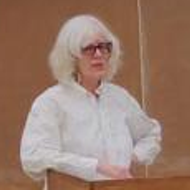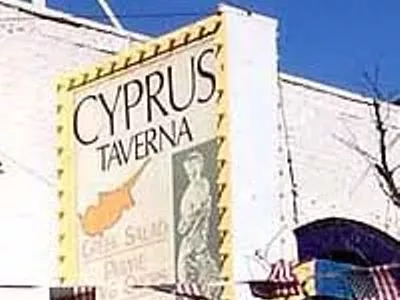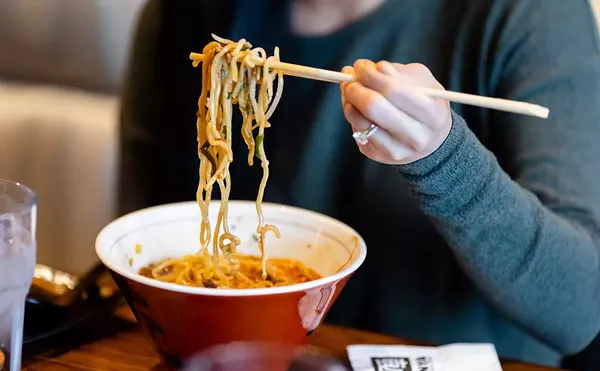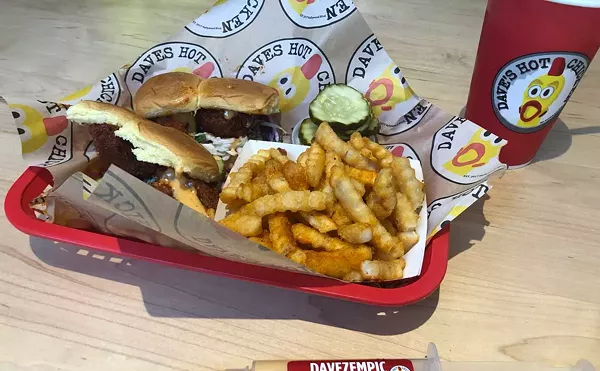
Audio By Carbonatix
[
{
"name": "GPT - Leaderboard - Inline - Content",
"component": "35519556",
"insertPoint": "5th",
"startingPoint": "3",
"requiredCountToDisplay": "3",
"maxInsertions": 100,
"adList": [
{
"adPreset": "LeaderboardInline"
}
]
}
]
I run across many immigrants in my line of work, and I always ask them to recommend restaurants that serve their country's food. Sure, the results can be tainted by "the owner is my cousin's godfather" or, more likely, by the tendency to choose what's most familiar rather than what's best. But it's worth asking, if only to get a handle on what's most authentic, even if you decide later on that you don't like authentic (more on that below).
I asked some recently arrived Iraqis, Chaldeans fleeing the violence, and they pointed to New Sahara, which has been around since 1982 and now has three locations in the northern suburbs.
How is a Chaldean restaurant different from the more familiar Lebanese? Many dishes are the same, but owners Saad and Zeana Attisha add, for example, pickled cabbage, purshee, that's served to everyone as a starter, plus some tomato-based stews. And their daily specials are Iraqi favorites: burgul (bulgur wheat) on Tuesdays; biryani on Wednesdays (like Indian biryani but less spicy, with rice, chicken, beef and potatoes); and pacha on weekends.
Pacha is where you're talking authentic. I didn't get to try it, as I'd gone to the only one of the three locations that doesn't serve pacha. It's a traditional holiday dish that takes days to prepare: cleaning and soaking beef tripe and intestines in lemon-water, stuffing them with ground beef and rice and spices; boiling them for hours; adding the lamb and the lamb tongue and the chickpeas. If you're not Iraqi, you probably have to be pretty hard-core to choose pacha; Zeana says many people split open the tripe and just eat the insides.
No matter — there are dozens of other options. As in many Middle Eastern restaurants, portions are large. Counting leftovers the next day, the dinner for two we ordered served a total of five. A small hummus starter is more than enough to derail three people's dinners.
New Sahara does better on the traditional side dishes than on the meat and poultry entrées I tried. Soups are admirable: a nutty lentil and a very lemony chicken lemon rice, thick and neon yellow. Falafel are a pretty pale green inside and properly crunchy without.
I was particularly fond of the baba ghanoush and hummus, because each is served with a lovely golden pool of olive oil in the center, a clever addition and perfect for dipping with the hot, puffed-up pitas. The baba is especially smoky and rich.
Unfortunately, two advertised items were not available: arayis and mjadara, both of which are good indexes of a restaurant's quality: Is the lamb in the arayis moist? Are the pine nuts generous? Can you taste the three separate flavors (lentils, cracked wheat, sautéed onions) in the mjadara, and is the crisp element as prominent as the silky onions? But Attisha says there's been little demand for these items, which she added a few months ago. Perhaps they're not authentic enough for the regulars.
Grape leaves, fattoush, kibbeh and tabbouleh are available — as well as cheese sticks, fried mushrooms and wings.
In comparison to the many side dishes, the beef and chicken kafta are not outstanding — they're rather dry. Chicken shawarma is fine when dipped in the usual pungent garlic sauce, which could cover a multitude of sins if necessary. Lamb chops — four of them — are tender and juicy, though not terribly spicy. All are served with two different tomato sauces to spoon over rice, one with potatoes and one with an interesting spice, perhaps allspice.
My curry fish was pretty OK, but not much whitefish taste made it through the smothering of onions and the spices. Catfish and masgoof, whitefish with a "special sauce" for $28.99, are also possible.
There's one more item on the menu that's unfamiliar to the Lebanese-trained public, a recurring theme that Zeana says is uniquely Chaldean: beef cream chop, lemon chicken cream chop and potato cream chop. No cream and no chops are apparent; in each case the meat has been breaded and deep-fried. So a beef cream chop is more or less a chicken-fried steak, cut in strips. It's relatively tough and not appetizing — at least, unless your mama served you this in your cradle. A potato cream chop compounds the error: beef in a deep-fried mashed potato shell.
To see a menu (and hear some music), go to newsahara.com. The original location is 23133 Coolidge, Oak Park, 248-399-7744, and a third is at 3625 E. 15 Mile, Sterling Heights, 586-264-0400. The buttery baklava is made in-house.
Jane Slaughter dines for Metro Times. Send comments to letters@metrotimes.com.






